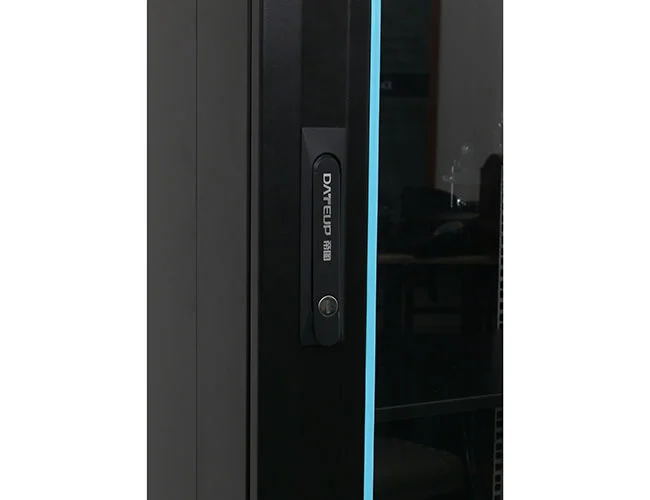News
Site Editor
 Site
https://leonetworkgroup.usa18.wondercdn.com/uploads/image/5fe152faa587d.png
Terminating a Cat6a patch panel is a process that involves the installation of the patch panel on a wall, rack, or enclosure, and then attaching Cat6a cables to it to ensure that network connectivity is established. This task is not as complicated as many people think, and with the right tools and techniques, you can easily terminate your Cat6a patch panel.Tools RequiredBefore you start terminatin
Site
https://leonetworkgroup.usa18.wondercdn.com/uploads/image/5fe152faa587d.png
Terminating a Cat6a patch panel is a process that involves the installation of the patch panel on a wall, rack, or enclosure, and then attaching Cat6a cables to it to ensure that network connectivity is established. This task is not as complicated as many people think, and with the right tools and techniques, you can easily terminate your Cat6a patch panel.Tools RequiredBefore you start terminatin
How To Terminate Cat6A Patch Panel
Views: 558
Author: Site Editor
Publish Time: 2023-07-11
Origin: Site
Terminating a Cat6a patch panel is a process that involves the installation of the patch panel on a wall, rack, or enclosure, and then attaching Cat6a cables to it to ensure that network connectivity is established. This task is not as complicated as many people think, and with the right tools and techniques, you can easily terminate your Cat6a patch panel.
Tools Required
Before you start terminating your Cat6a patch panel, you need to gather the tools and materials needed for the job. These include:
1. Cat6a keystone jacks - These help to establish network connectivity and allow you to connect cables to the patch panel.
2. Punchdown tool - This is used to connect the wire pairs within the keystone jacks to the patch panel.
3. Cable stripper - This tool is used to strip the insulation off the ends of the Cat6a cables.
4. Crimping tool - This tool is used to attach the termination plugs to the ends of the Cat6a cables.
Step-by-Step Termination Process
Once you have gathered the required tools and materials, you can proceed with the following steps:
Step 1: Install the Cat6a Patch Panel
The first step is to install the Cat6a patch panel on a wall, rack, or enclosure. This involves following the manufacturer's instructions and using appropriate screws, bolts, or other hardware to securely mount the patch panel in place.
Step 2: Strip the Insulation off the Cat6a Cables
Once the patch panel is in place, you need to strip the insulation off the ends of the Cat6a cables using the cable stripper. This should be done carefully to avoid damaging the wires inside the cable.
Step 3: Attach the Keystone Jacks to the Cat6a Cables
Next, you need to attach the keystone jacks to the ends of the Cat6a cables. This involves inserting the wires into the appropriate slots on the keystone jacks and making sure they are tightly secured.
Step 4: Punchdown the Wires onto the Patch Panel
To connect the Cat6a cables to the patch panel, you need to punch down the wire pairs within the keystone jacks onto the corresponding terminals on the patch panel using the punchdown tool. This requires careful attention to detail and ensuring that each wire pair is correctly aligned with its respective terminal.
Step 5: Test the Connectivity
Once all the wires have been punched down onto the patch panel, you need to test the network connectivity to make sure everything is working correctly. This can be done using a cable tester or by simply connecting a device to the network and checking for connectivity.
Conclusion
Terminating a Cat6a patch panel involves a simple set of steps that anyone can follow with the right tools and materials. By carefully following the process outlined above, you can establish reliable network connectivity and ensure that your Cat6a cables are securely connected to the patch panel.
If you want to know more about industrial network cabinet,china fiber optic splice closure,china fiber optic distribution box,please consult the fiber optic splice closure factory









